- Importance of Proper Care
- Choosing the Right Soil
- Watering Techniques
- 1. Water from the Bottom
- 2. Monitor Soil Moisture
- 3. Use a Spray Bottle
- 4. Water in the Morning
- 5. Avoid Over-watering
- 6. Consider Using a Self-watering System
- Providing Adequate Sunlight
- Temperature and Humidity Control
- Temperature Control
- Humidity Control
- Tips and Techniques
- Pruning and Pinching Tips
- Protection from Pests and Diseases
- 1. Regularly inspect the plants
- 2. Provide proper spacing
- 3. Use organic pest control methods
- 4. Use insect netting
- 5. Water properly
- 6. Maintain cleanliness
- 7. Rotate crops
- “Question-Answer”
- How often should I water my basil seedlings?
- What is the best temperature for basil seedlings?
- Should I fertilize my basil seedlings?
- How do I prevent my basil seedlings from getting leggy?
- When can I transplant my basil seedlings?
- Can I use any type of soil for basil seedlings?
- How do I prune my basil seedlings?
- “Video” HOW TO CARE HUGE SUCCULENTS – Watering, Fertilizer, Repotting… // 9 Years Living with Succulents
Growing basil from seedlings can be a rewarding and enjoyable experience for any gardener. However, it’s important to provide the proper care and attention to ensure healthy and thriving plants. In this article, we will discuss some essential tips and techniques to help you grow successful basil seedlings.
Seed starting: Start by selecting high-quality basil seeds from a reputable source. It’s best to start your seeds indoors, about 6-8 weeks before the last predicted frost date. Fill a seed tray or individual pots with a well-draining seed-starting mix. Sow the seeds on the surface of the soil and lightly press them in. Keep the soil consistently moist and provide warmth by placing the tray or pots on a heating mat or in a warm location.
Light and temperature: Basil seedlings require bright light to grow properly. Place them in a sunny spot, ideally near a south-facing window or under grow lights. Keep the temperature consistently warm, between 70-80°F (21-27°C) during the day, and slightly cooler at night. Avoid exposing the seedlings to cold drafts or fluctuating temperatures, as this can lead to stress and hinder their growth.
Watering and fertilizing: Basil seedlings need regular and consistent watering. Keep the soil moist, but not waterlogged. It’s best to water from the bottom by placing the seed tray in a shallow dish of water and allowing the soil to absorb the moisture. Be careful not to overwater, as this can cause root rot. Once the seedlings have established a few sets of true leaves, you can start fertilizing them with a balanced liquid fertilizer diluted to half strength. Apply the fertilizer every two weeks to promote healthy growth.
Proper care for basil seedlings is crucial for their success. By following these essential tips and techniques, you can ensure your basil plants grow strong and healthy, providing you with a bountiful harvest of flavorful herbs.
Importance of Proper Care
Proper care is essential for the successful growth and development of basil seedlings. It can make a significant difference in the overall health and productivity of the plants. Here are some reasons why proper care is important:
- Healthy growth: Providing the right care, including proper watering, adequate sunlight, and regular fertilization, helps promote healthy growth in basil seedlings. This ensures that the plants develop strong stems, lush foliage, and robust root systems.
- Disease prevention: Proper care practices such as regular inspection for pests and diseases, as well as providing good air circulation, can help prevent the occurrence and spread of diseases and pests that can harm basil seedlings. Early detection and intervention can save the plants from potential damage.
- Optimal nutrient uptake: By following proper care guidelines, you can ensure that the basil seedlings receive the right nutrients at the right time. This includes providing well-draining soil, monitoring pH levels, and supplementing with organic fertilizers, which will help the plants absorb the necessary nutrients for their healthy development.
- Enhanced flavor and aroma: Basil is known for its distinct flavor and aroma. Proper care, such as providing consistent watering and avoiding excessive heat stress, can help maintain the flavor and aroma characteristics of the basil leaves, ensuring a more enjoyable and flavorful harvest.
- Increased yield: By giving your basil seedlings the proper care they need, you can maximize their potential yield. This includes providing adequate sunlight, proper spacing, and regular pruning to encourage branching and the growth of additional stems, which will result in a higher number of leaves for harvest.
Overall, proper care for basil seedlings is crucial for ensuring their health, productivity, and flavor. By following the essential tips and techniques for care, you can enjoy a bountiful harvest of fresh and flavorful basil leaves.
Choosing the Right Soil
Choosing the right soil is crucial for the healthy growth of basil seedlings.
Basil seedlings require a well-draining soil that is rich in organic matter. The soil should be loose and crumbly, allowing for proper aeration and drainage.
Here are some factors to consider when choosing the right soil:
- Texture: Basil seedlings prefer a soil that is sandy or loamy, as it provides good drainage while still retaining some moisture. Avoid heavy clay soils, as they can become compacted and restrict root growth.
- pH level: Basil seedlings prefer a slightly acidic to neutral pH level, ideally around 6.0 to 7.0. Test the pH level of the soil using a pH testing kit, and amend it if necessary to achieve the desired range.
- Organic matter: Adding organic matter, such as compost or well-rotted manure, to the soil can improve its nutrient content and moisture retention. This will provide a favorable growing environment for basil seedlings.
- Fertilizer: Basil seedlings do not require heavy feeding, but a slow-release fertilizer or a balanced organic fertilizer can be added to the soil before planting to provide essential nutrients.
It is important to note that basil seedlings are sensitive to overwatering and waterlogged soil conditions. To prevent this, ensure the soil has good drainage and avoid overwatering.
Remember that the quality of the soil will directly affect the health and productivity of your basil seedlings, so choose wisely.
Watering Techniques
Proper watering is essential for the healthy growth of basil seedlings. Here are some watering techniques to keep in mind:
1. Water from the Bottom
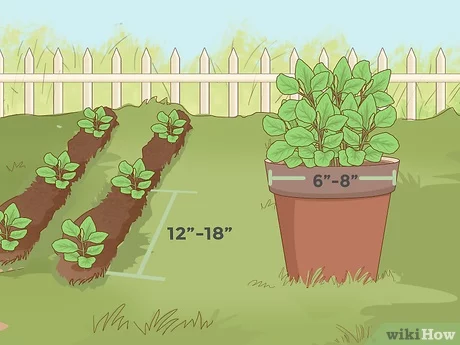
Instead of watering the basil seedlings from the top, it is best to water them from the bottom. Place the seedling trays or pots in a basin filled with water and allow the water to be absorbed through the drainage holes. This ensures that the roots receive a thorough and consistent water supply without causing waterlogged soil on the surface.
2. Monitor Soil Moisture
Regularly check the moisture level of the soil by inserting your finger about an inch deep into the soil. If it feels dry, it’s time to water the seedlings. However, if the soil feels moist, wait for a day or two before watering again to avoid over-watering. Basil seedlings prefer slightly moist soil, but not overly wet conditions.
3. Use a Spray Bottle
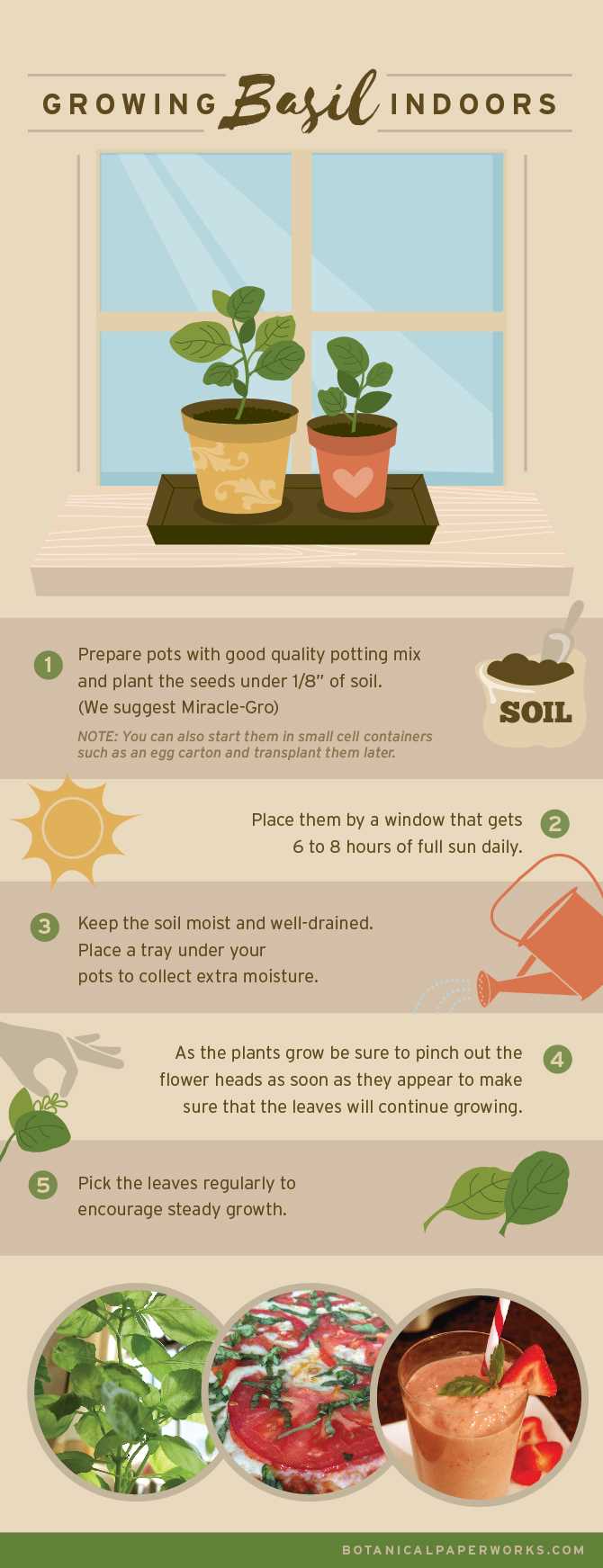
When the seedlings are still small and delicate, it is advisable to use a spray bottle to water them. This helps prevent disturbing the delicate roots and minimizes the risk of over-watering. Mist the soil gently until it is evenly moist, being careful not to soak the leaves.
4. Water in the Morning
Watering the basil seedlings in the morning is preferable because it gives the plants enough time to dry off before nighttime. Wet leaves during the night can increase the risk of fungal diseases. Watering in the morning also helps the plants to stay hydrated and withstand the heat of the day.
5. Avoid Over-watering
Over-watering can lead to root rot and other fungal diseases, so it’s important to avoid excessive watering. Make sure the water drains well from the pots or trays and do not allow water to accumulate in the saucers. Adjust your watering frequency based on the moisture level of the soil and the environmental conditions.
6. Consider Using a Self-watering System
If you have multiple basil seedlings or lack time to water them regularly, consider using a self-watering system. These systems provide a constant and regulated supply of water to the plants, allowing them to take up the water they need without the risk of over or under-watering. This can be particularly beneficial during hot summer months.
By following these watering techniques, you can ensure that your basil seedlings receive the proper amount of water for healthy growth and development.
Providing Adequate Sunlight
Proper sunlight is essential for the healthy growth of basil seedlings. Basil is a sun-loving plant and requires at least 6-8 hours of direct sunlight per day. Without sufficient sunlight, the seedlings may become leggy and weak.
Here are some tips to provide adequate sunlight for basil seedlings:
- Choose the right location: Place your basil seedlings in a spot that receives full sun. This can be a sunny windowsill, a balcony, or a well-lit area in your garden.
- Rotate the pots: If your basil seedlings are in pots, rotate them periodically to ensure even exposure to sunlight. This will prevent them from leaning and reaching towards the light source.
- Use reflective surfaces: Place reflective surfaces, such as aluminum foil or white cardboard, around the basil seedlings to maximize sunlight exposure. This can help redirect and amplify the available sunlight.
- Avoid shading: Keep your basil seedlings away from tall plants or structures that may cast shadows and block sunlight. Ensure that they have ample space to receive direct sunlight throughout the day.
Remember to monitor the sunlight requirements of your basil seedlings as they grow. Adjust their location accordingly to provide consistent and adequate sunlight. With proper exposure to sunlight, your basil seedlings will thrive and produce healthy leaves for your culinary needs.
Temperature and Humidity Control
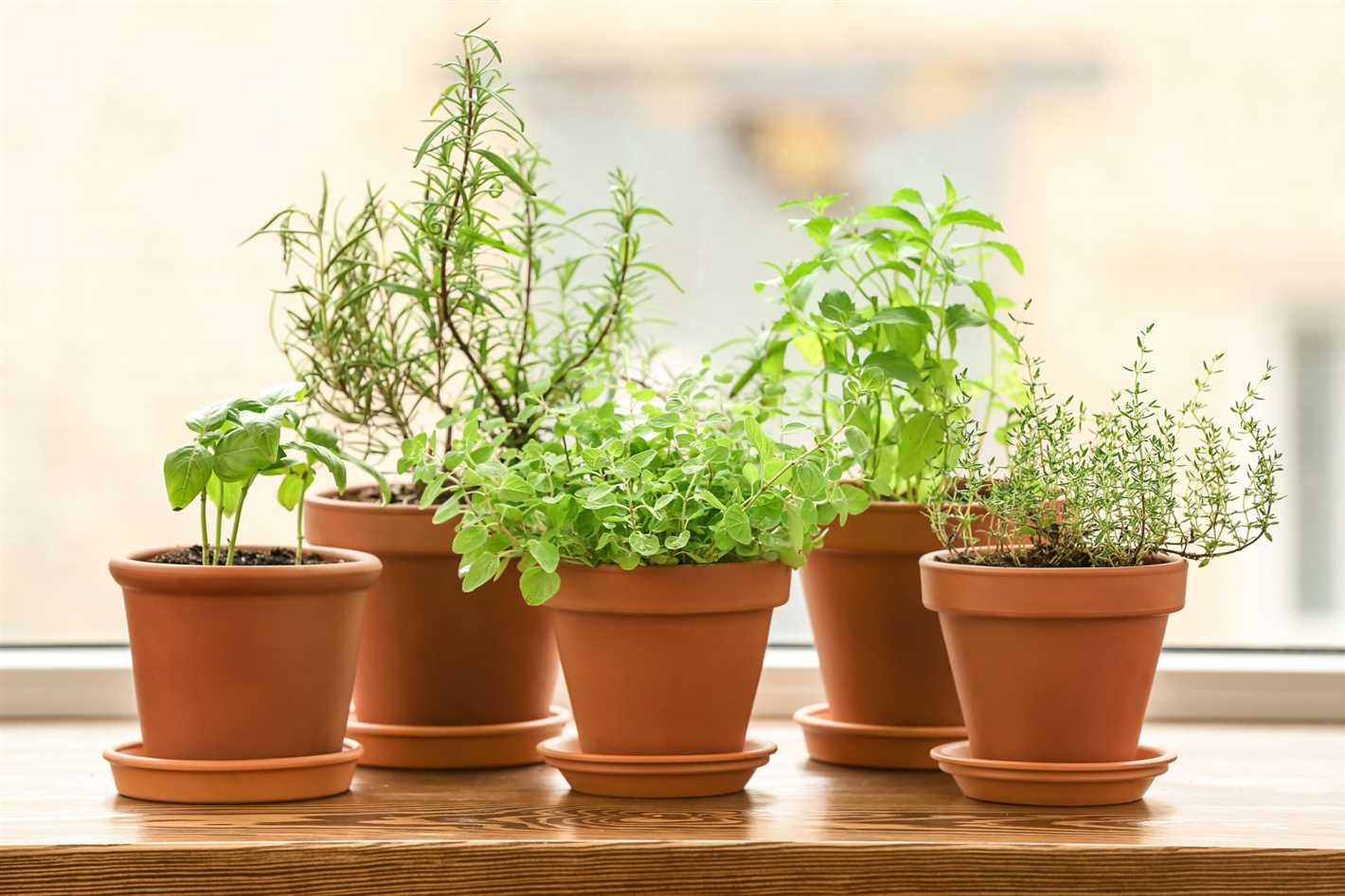
Proper temperature and humidity control is essential for the growth and development of basil seedlings. Extreme temperatures can cause stress and damage to the fragile plants, while improper humidity levels can lead to diseases and poor growth. Here are some tips to help you control the temperature and humidity for your basil seedlings:
Temperature Control
1. Ideal temperature range: Basil seedlings thrive in temperatures between 70°F (21°C) and 75°F (24°C). Keep the temperature within this range for optimal growth.
2. Avoid extreme temperatures: Protect your basil seedlings from extreme heat or cold. High temperatures above 90°F (32°C) can cause wilting and damage, while temperatures below 50°F (10°C) can lead to stunted growth.
3. Use a thermometer: Monitor the temperature in your growing area using a thermometer. Adjust the temperature as needed to keep it within the ideal range.
Humidity Control
1. Ideal humidity level: Basil seedlings prefer a humidity level between 40% and 60%. This level of humidity helps prevent diseases and promotes healthy growth.
2. Use a hygrometer: Use a hygrometer to measure the humidity in your growing area. If the humidity is too low, you can increase it by placing a tray of water near the seedlings or using a humidifier. If the humidity is too high, you can use a dehumidifier or improve air circulation.
3. Avoid excessive moisture: While basil seedlings require some moisture, it is important to avoid excessive humidity levels that can lead to damping off and fungal diseases. Ensure proper airflow and avoid overwatering to prevent excessive moisture.
Tips and Techniques
- Provide proper ventilation in your growing area to maintain a consistent temperature and humidity level.
- Consider using a fan to improve air circulation and prevent stagnant air.
- Regularly monitor the temperature and humidity levels to ensure they remain within the optimal range.
- Adjust the temperature and humidity as necessary based on the specific requirements of your basil seedlings.
By controlling the temperature and humidity levels, you can create an ideal environment for your basil seedlings to thrive and ensure their healthy growth.
Pruning and Pinching Tips
- Regular pruning: Pruning is an essential technique for maintaining the health and shape of basil seedlings. It involves removing the topmost growth of the plant to encourage branching and bushiness.
- Pinch the top: To promote branching, always pinch off the topmost growth of your basil seedlings. This will redirect the plant’s energy towards lateral growth and result in a fuller, more compact plant.
- Start pruning after 4-6 weeks: It is recommended to begin pruning your basil seedlings when they reach a height of 4-6 inches. This will ensure that the plants have developed enough to handle the stress of pruning.
- Use clean and sharp pruners: When pruning your basil seedlings, make sure to use clean and sharp pruners to avoid damaging the plant. Disinfect the pruners with rubbing alcohol before and after each use to prevent the spread of diseases.
- Remove yellow or damaged leaves: Regularly inspect your basil seedlings for yellow or damaged leaves and remove them promptly. This will help improve air circulation and prevent the spread of diseases.
- Prune for harvest: If you’re growing basil for culinary purposes, be sure to prune the plants properly to promote new growth and ensure a continuous supply of fresh leaves. Harvesting regularly will also prevent the plants from flowering, which can negatively affect the taste of the leaves.
- Don’t over-prune: While pruning is important, it’s essential to avoid over-pruning your basil seedlings. Removing too much foliage at once can weaken the plants and reduce their overall productivity.
- Monitor plant growth: Keep a close eye on the growth of your basil seedlings as they mature. If you notice any overcrowding or competition for sunlight, consider thinning out the plants by removing the weaker ones.
- Dispose of pruned material properly: After pruning, it’s important to dispose of the pruned material properly. Do not compost any diseased or pest-infested leaves or stems, as they can spread pathogens or insects.
Protection from Pests and Diseases
Just like any other plant, basil seedlings are susceptible to pests and diseases. Here are some ways to protect your seedlings:
1. Regularly inspect the plants
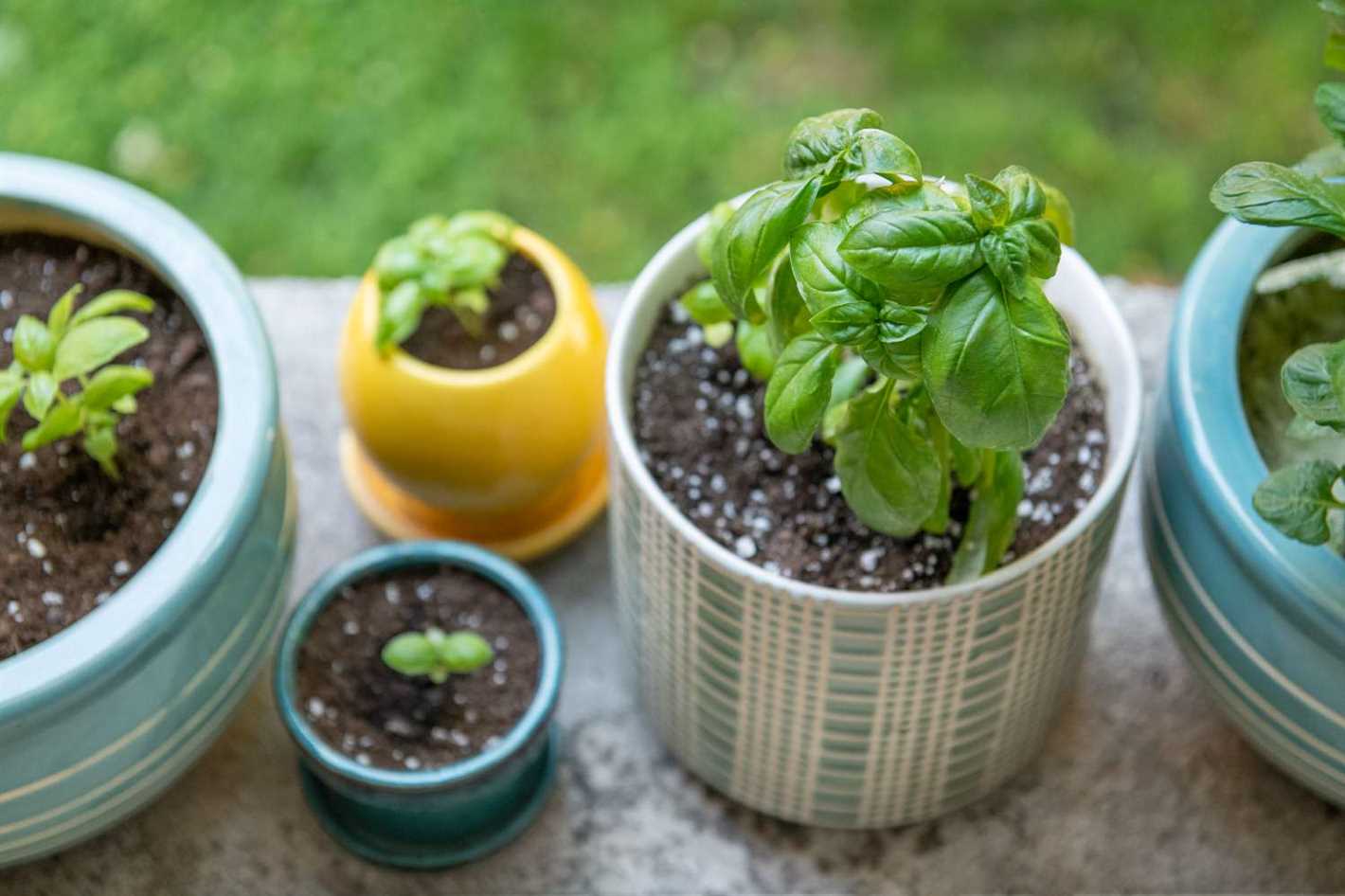
Check your basil seedlings regularly to identify any signs of pest infestation or diseases. Look for yellow or discolored leaves, spots, or wilting. Early detection is key to preventing the spread of pests and diseases.
2. Provide proper spacing
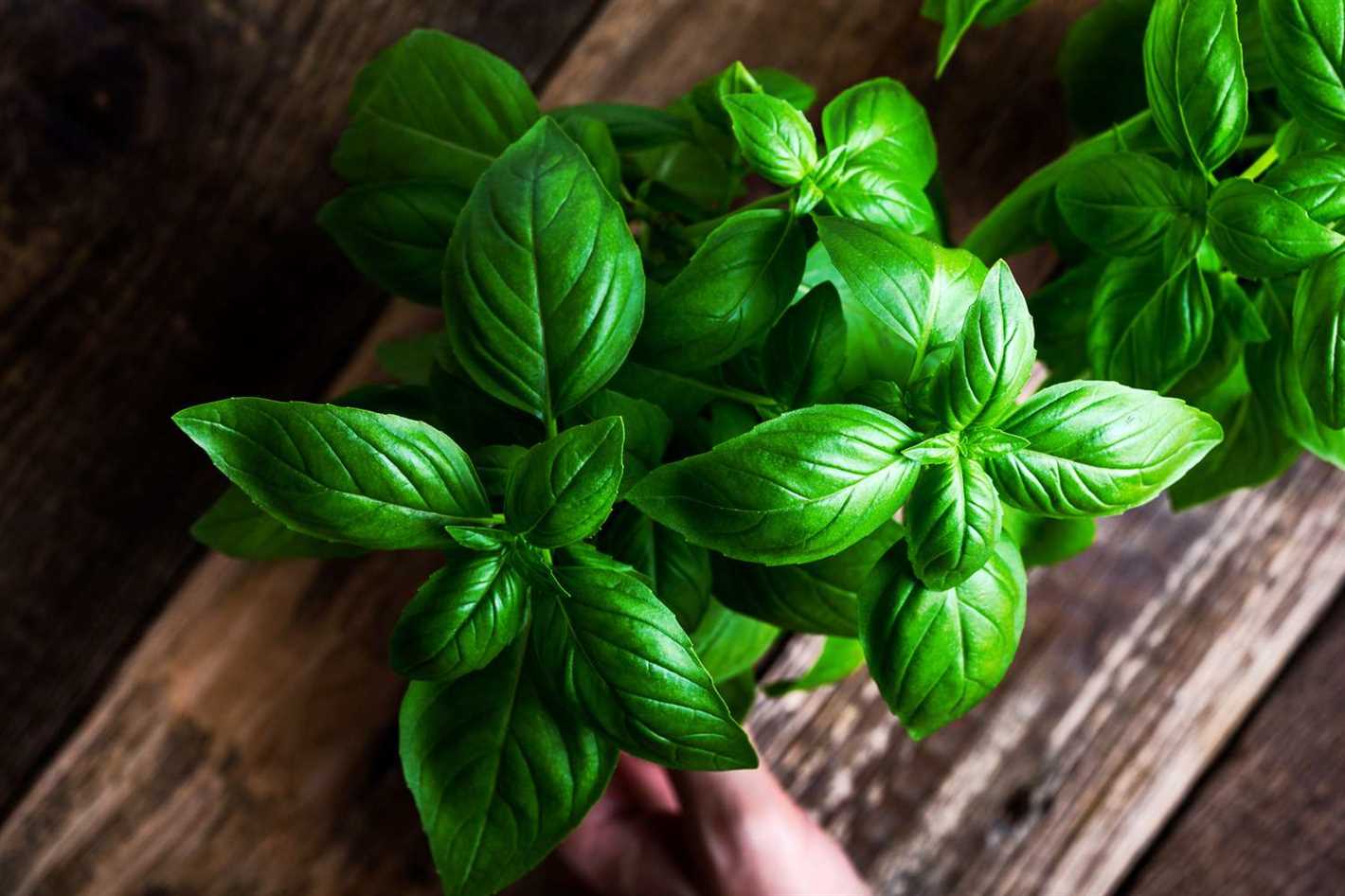
Ensure that you provide enough space between basil plants to promote air circulation. This can help prevent the development of fungal diseases that thrive in humid and crowded environments.
3. Use organic pest control methods
Avoid using harsh chemicals on your basil seedlings as they can harm the plants and potentially contaminate the soil. Instead, opt for organic pest control methods such as companion planting, where you grow other plants that repel pests near your basil.
4. Use insect netting
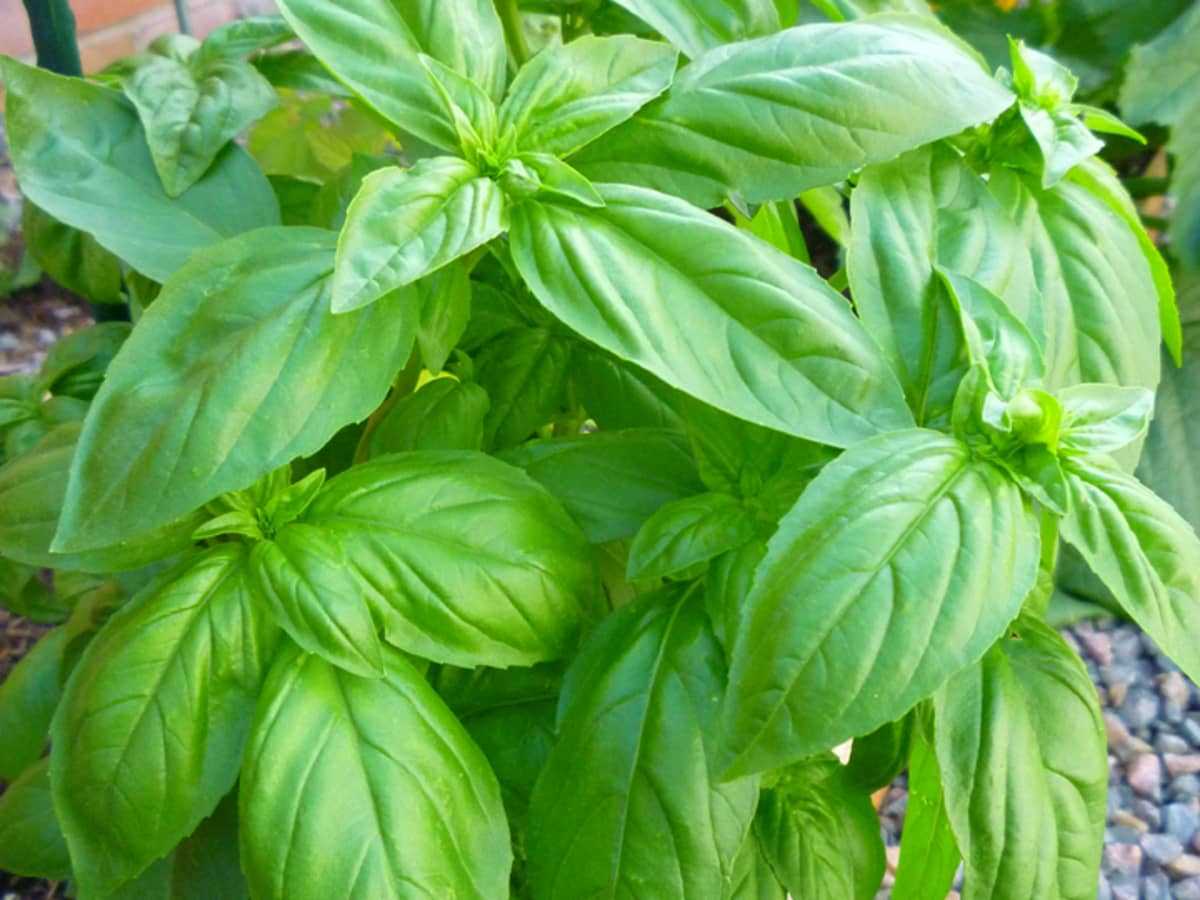
To protect your seedlings from common pests like aphids or caterpillars, you can cover them with insect netting. This will create a physical barrier and prevent pests from reaching your basil plants.
5. Water properly
Overwatering can lead to root rot and other fungal diseases, so be sure to water your basil seedlings properly. Water the plants at the base and avoid getting the leaves wet to prevent the development of diseases.
6. Maintain cleanliness
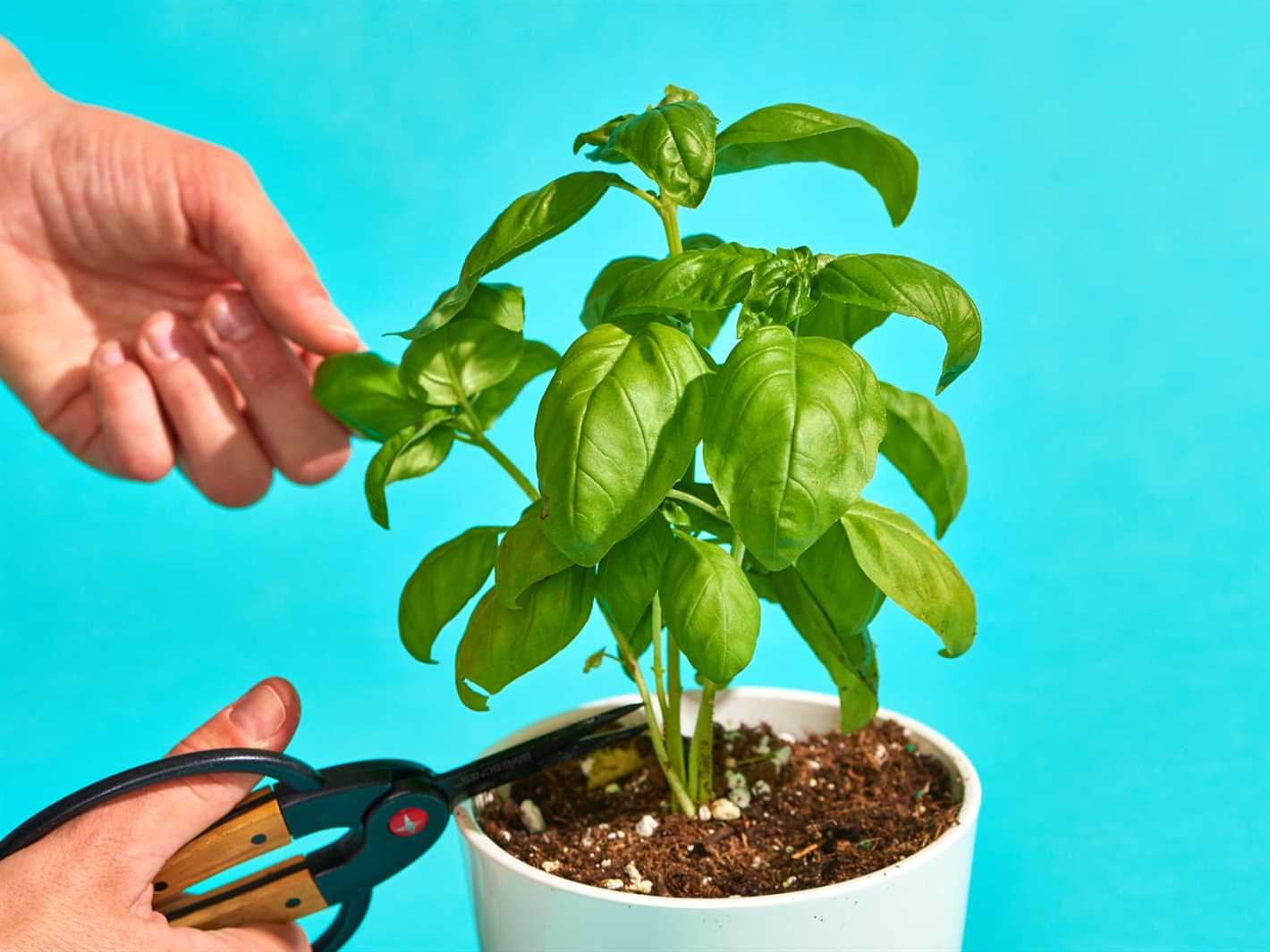
Keep the area around your basil seedlings clean and free from debris that can harbor pests or diseases. Remove any fallen leaves or plant debris promptly to help prevent the spread of infections.
7. Rotate crops
If you grow basil in the same spot year after year, pests and diseases can build up in the soil. To prevent this, practice crop rotation and plant basil in a different location each year. This helps disrupt pest and disease life cycles.
| Pests | Diseases |
|---|---|
|
|
By following these tips and techniques, you can protect your basil seedlings from pests and diseases, ensuring a healthy and productive harvest.
“Question-Answer”
How often should I water my basil seedlings?
It is important to keep the soil moist but not overly saturated. Check the moisture level of the soil regularly and water whenever the top inch feels dry.
What is the best temperature for basil seedlings?
Basil seedlings thrive in warm temperatures between 70 and 85 degrees Fahrenheit. Ensure they are placed in a location with plenty of sunlight and warmth.
Should I fertilize my basil seedlings?
Yes, basil seedlings benefit from regular fertilization. Start by using a balanced liquid fertilizer diluted to half strength. As the seedlings grow, increase the strength of the fertilizer gradually.
How do I prevent my basil seedlings from getting leggy?
To prevent leggy growth, make sure your seedlings are receiving enough light. If they are stretching towards the light, it is an indication that they are not getting adequate sunlight. Adjust their placement or use artificial grow lights to supplement light.
When can I transplant my basil seedlings?
You can transplant your basil seedlings once they have developed several sets of true leaves and are around 3-4 inches tall. This usually takes about 4-6 weeks after germination.
Can I use any type of soil for basil seedlings?
It is best to use a well-draining potting mix for basil seedlings. Avoid using heavy soils that may retain too much moisture. Adding perlite or vermiculite to the mix can also improve drainage.
How do I prune my basil seedlings?
To encourage bushier growth, pinch off the top set of leaves on each stem when your basil seedlings are about 6 inches tall. This will promote lateral branching and result in a fuller plant.







